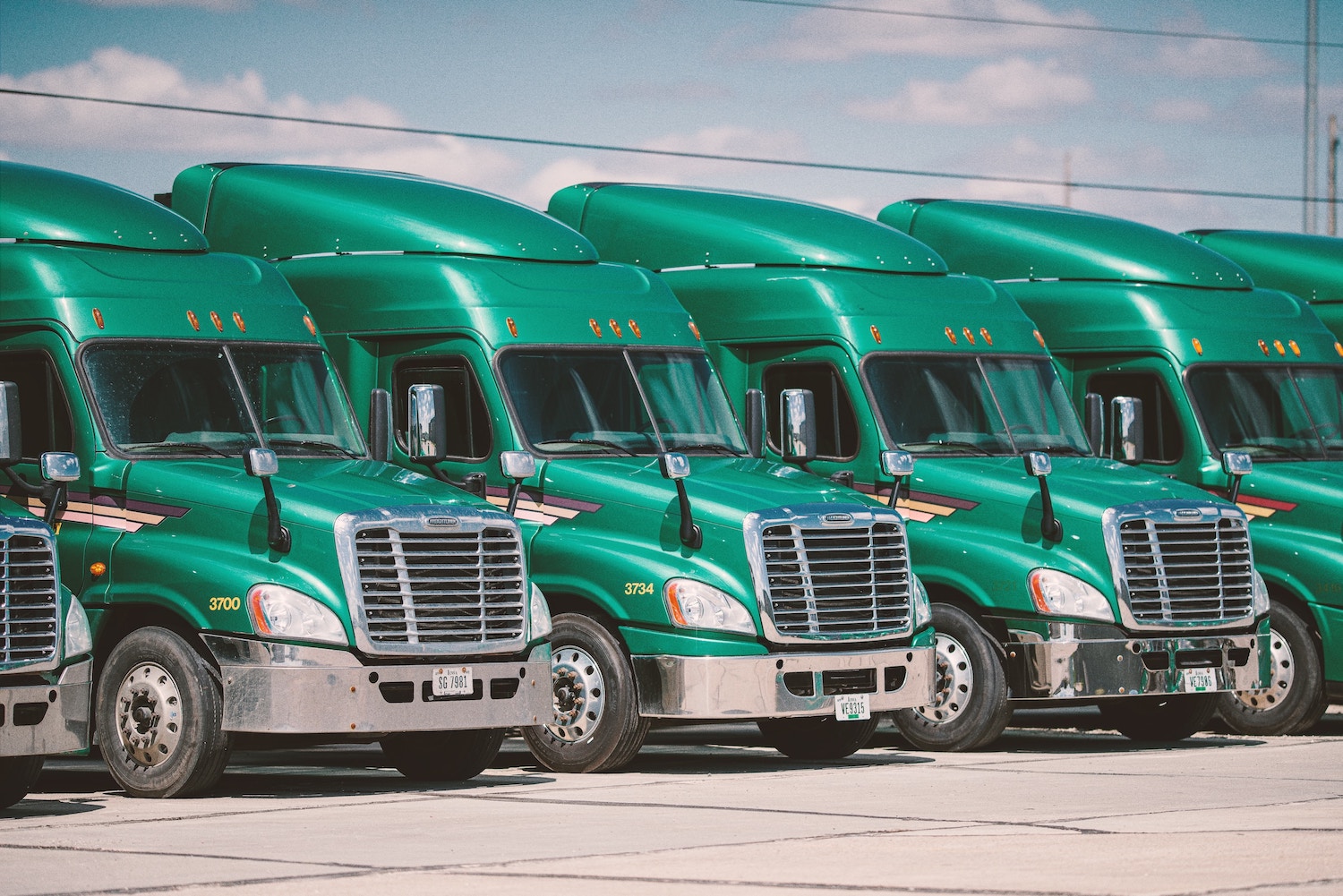Overlanding has gained immense popularity in recent years as more and more people seek to escape the hustle and bustle of daily life and immerse themselves in the great outdoors. And what better way to do it than with a trusty Jeep, one of the most capable off-road vehicles on the market? Whether you’re a seasoned overlander or a complete newbie, this ultimate guide to overlanding with a Jeep will help you plan your next adventure with confidence.
Choose the Right Jeep
The first step in overlanding with a Jeep is choosing the right vehicle. While any Jeep can be modified for overlanding, some models are better suited for it than others. The Jeep Wrangler, with its rugged construction and legendary off-road capabilities, is a popular choice among overlanders. However, if you need more space for gear and passengers, you might want to consider a Jeep Grand Cherokee or Jeep Cherokee. Whichever model you choose, make sure it’s equipped with four-wheel drive and has plenty of ground clearance for rough terrain.
Plan Your Route
Before heading out on your overland adventure, it’s important to plan your route carefully. Research the area you’ll be exploring, including the terrain, weather conditions, and any potential hazards. Make sure to have a detailed map or GPS device with you, as well as a backup plan in case you encounter unexpected road closures or detours. It’s also a good idea to let someone know your itinerary and expected return date, especially if you’ll be traveling in remote areas with limited cell service.
Pack the Essentials
When overlanding with a Jeep, it’s essential to pack the right gear to ensure a safe and enjoyable trip. Some must-have items include:
– Recovery gear, such as a winch, tow straps, and a Hi-Lift jack, in case you get stuck
– Camping equipment, including a tent, sleeping bags, and cooking supplies
– Food and water for the duration of your trip, as well as extra supplies in case of emergencies
– First aid kit, flashlight, and emergency flares
– Spare tire, tools, and extra fuel
It’s important to pack light and only bring what you’ll need, as overloading your Jeep can affect its performance off-road.
Practice Leave No Trace
As you explore the great outdoors in your Jeep, it’s important to practice Leave No Trace principles to minimize your impact on the environment. This includes packing out all trash, staying on designated trails, and respecting wildlife and other visitors. By following these guidelines, you can help preserve the natural beauty of the land for future generations of overlanders.
Conclusion
Overlanding with a Jeep is a thrilling and rewarding experience that allows you to explore some of the most remote and breathtaking landscapes in the world. By choosing the right Jeep, planning your route, packing the essentials, and practicing Leave No Trace principles, you can enjoy a safe and unforgettable adventure on the open road. So pack your bags, hit the trails, and get ready for the adventure of a lifetime in your trusty Jeep.


